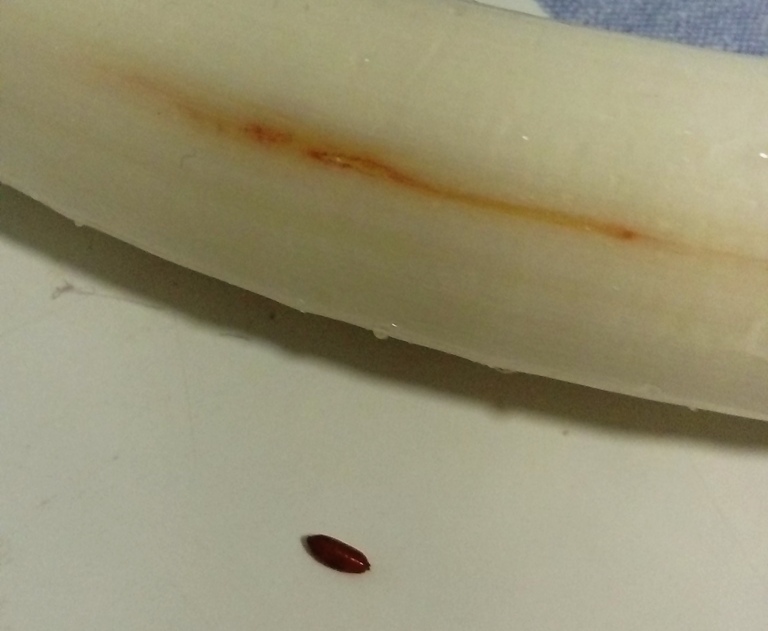The Leek Fly

I have already told you that the pig fly (Phytomyza gymnostoma) has come to visit the Basque Country. New epidemic. Let's get ready. The leek fly has two generations a year. The first one is born of those who have spent the winter as a pupa. Flies, greys and 3 millimeters, males and females will come; they will walk and the female will eat at the tips of the leeks' leaves and he will eat and sew. Dismissals are evident on the edge of the leaf, consecutively. It will also lay the eggs on the leaves. Depending on the location and time, it will be between April and June. From these eggs, worms will form, which will be up to 6 millimetres long. They eat and eat, they will open galleries in a straight line down. He doesn't like great heat, and as the most intense cold of winter is spent the night between July and August, with a reddish pupa, making the neguar and the overnight. By the end of August comes the second generation of flies, which can last until November. From September to December, the worm will cause great damage to defeat. When the cold starts, it becomes a pupa, at the bottom of the galleries, in the head of the leek. When the leek grows, it is common to erupt in the epic.
If the leek fly came to visit us and decided to stay, what to do? Treat: Take out all the leeks attacked and if possible burn; if not, bury it deeply; before they become flies, the pupae are in the leek. To go on: alternate, if the aggression is severe, do not put the leek or his relatives.
The spring flight is carried out on the leek sand or on seedlings. Also pork onion (Allium schoenoprasum), onion (Allium cepa), garlic (Allium sativum) and txalota (Allium cepa var). aggregatum) also in plantations or wild garlic (Allium ursinum). The control attempts that have been made at different points in Europe have been quite pointless. They are captured in these traps (neither blue, white, or red), but they are reproduced in other plants because of the protection of the leek.
The second flight is the key to our history. Since here most of the leek is grown to eat in autumn-winter, the important thing is to prevent the flies of September-October from laying eggs in the leek. The most effective system is the network. The network conditions are as follows: It is called the filbium type, with a maximum eye of 0.8 mm, closing it very well without leaving a higher space, placing it with rings so that the net does not touch any leaf, or, otherwise, the eggs will be placed there. The traps do not serve to know when flies circulate, so we have to put the net at the end of August. This hinders jobs such as herbal medicine and can promote diseases (mildiu, measles, alternaria...).
The enemy also has the leek flies. A small hymenopteron called circulus parasites Serbian Halticopte. Support of this kind is important, to this end it is necessary to avoid chemical treatments and to have a living environment in the garden.
There is an ecological treatment: Natural spinosad insecticide. A low dose of 0.2 l/Ha is used, but it is extraordinarily expensive, 400 €/l. The worms from the eggs laid by the fly should be treated when they bite and mutate in the leeks. Rotenones and pyrethrins are also used. They can all harm their enemies.
In Europe, it is said that the first three years of the plague are hard. Apparently, their enemies adapt and put this fly into their diet. So, at least in part, the fly's attacks are frustrated. Like ours, a small hope for the territories where the pork fly has just attacked...
I have the impression that I come with bad news. Bad news. The worst, the worst, the worst. The bad thing is that before the news is heard it will be old and we will get used to it.
In 1858 a special, never cataloged fly was found in the Polish region of Poznan, which was named... [+]









